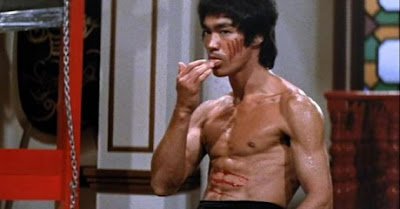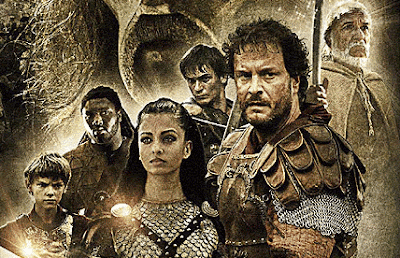PRODUCTION JOURNAL: Kurosawa and the making of Stray Dog

Stray Dog | Akira Kurosawa | 1949 | Japan | Format: 35mm | 122 min Stray Dog ( 野良犬 Nora inu ) is a 1949 Japanese police procedural film noir directed by Akira Kurosawa and starring Toshiro Mifune and Takashi Shimura . The film is considered a precursor to the contemporary police procedural and buddy cop film genres. Inspired by Jules Dassin’s The Naked City and the works of Georges Simenon, Kurosawa wrote the script with Ryuzo Kikushima, a writer who had never written a script before. ~~Wikipedia Excerpts from Akira Kurosawa's Something Like An Autobiography give you a glimpse into what it was like for Kurosawa and his crew to shoot Stray Dog during the summer of 1949. IF THE FILM IS TRUE... "I don't really like talking about my films. Everything I want to say is in the film iself; for me to say anything more is, as the proverb goes, like "drawing legs on a picture of a snake." But from time to time an idea I thought I...








